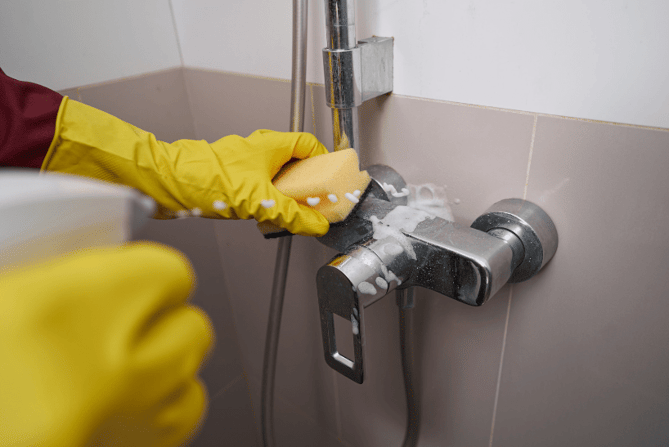Letting Buildings Breath: Tackling The Problem Of Damp And Mould In Modern Homes
Posted by Mark Peers

Damp and mould have been a pervasive issue in British homes since at least the Victorian period, and it still persists in hundreds of thousands of homes across the country today. A government survey of the quality and condition of English council-owned homes in 2020 revealed the presence of damp in over 940,000 properties, amounting to around 4% of the country’s total council housing stock.
There are various causes of damp and mould in homes, leading to excess moisture becoming trapped within the building due to poor ventilation, inadequate insulation, or ineffective moisture barriers.
These include:
- Inadequate damp-proofing in walls, floors, roofs
- Leaking pipes, appliances, baths, and showers
- Outdated or poorly maintained plumbing
- Inefficient or blocked guttering systems
- Inefficient room layout that creates ‘damp pockets’ that are difficult to heat or ventilate
- Poorly installed or maintained doors and windows

The Health Impacts Of Damp And Mould On Residents
Whatever the root cause of damp and mould in a home, the long-term health impacts on residents can be severe and far reaching. Many species of mould themselves release toxins into the air that can reduce sleep quality and provoke or worsen allergic reactions, and even where mould is not present, a damp home environment can exacerbate the symptoms of asthma and other respiratory conditions. Children, older adults, and people with existing health conditions are particularly at risk from the adverse effects of living in a damp or mouldy home.
Quite aside from the health risks, the presence of severe dampness can also contribute to the degradation of building materials and the structural integrity of the building, leading to increased energy consumption due to inefficient insulation, decreased indoor air quality, and a greater lifetime environmental impact arising from the need for repairs, more frequent replacements, and renovations.
So, What Steps Can Be Taken To Address This Endemic Issue In UK Social Housing?
Firstly, diagnostic inspections should form a regular part of council assessments and retrofits for social housing, including visual inspections of each individual room to spot signs of damp and mould, and using moisture meters to detect the moisture content of various building materials – helping locate the source of any dampness. This can help councils prioritise which building modifications and alterations can contribute most to improved ventilation and reduced dampness.
However, while mitigating and addressing the issues of damp and mould will go a long way to improving the quality of life for residents, the issue can also be addressed at the architectural stage.
For instance:
- Incorporating integral passive ventilation into the design of each home to ensure adequate airflow and reduce the accumulation of moisture.
- Specifying easy to open windows for improved airflow around the building.
- Specifying leak-proof shower pods in new build homes and renovations in place of traditional tile and tray shower cubicles to reduce the chance of leaks and damp seeping into floorboards, carpets, and building materials.
- Ensuring that all materials used, and alterations made during housing retrofit projects are compatible with the original building fabric, to maintain adequate breathability and avoid the buildup of damp pockets.
Promoting A Healthier And Safer Living Environment
Although most studies pertaining to damp and mould relate to social and council-owned housing, the issue is of equal relevance for the private housing sector, including the rental market, student accommodation sector, and new build housing market. Unfortunately, the modern preoccupation with energy efficiency and hyper-insulation often creates homes that are humid and poorly ventilated, creating a perfect environment for mould to take hold.
As with any positive lifestyle improvement, we can’t simply sit back and wait for the government to take action. By improving general awareness of the root causes and impact of dampness and mould among housebuilders, building contractors, planners, architects, and other housing stakeholders, we can hopefully aspire to a healthier and more sustainable environment across the nation’s housing stock.
To find out more about the issue of damp and mould, and how shower pods can help lower the risk of leaks and the accumulation of moisture in a property, please click here to get in touch with one of our experienced team.
Image source: Canva




